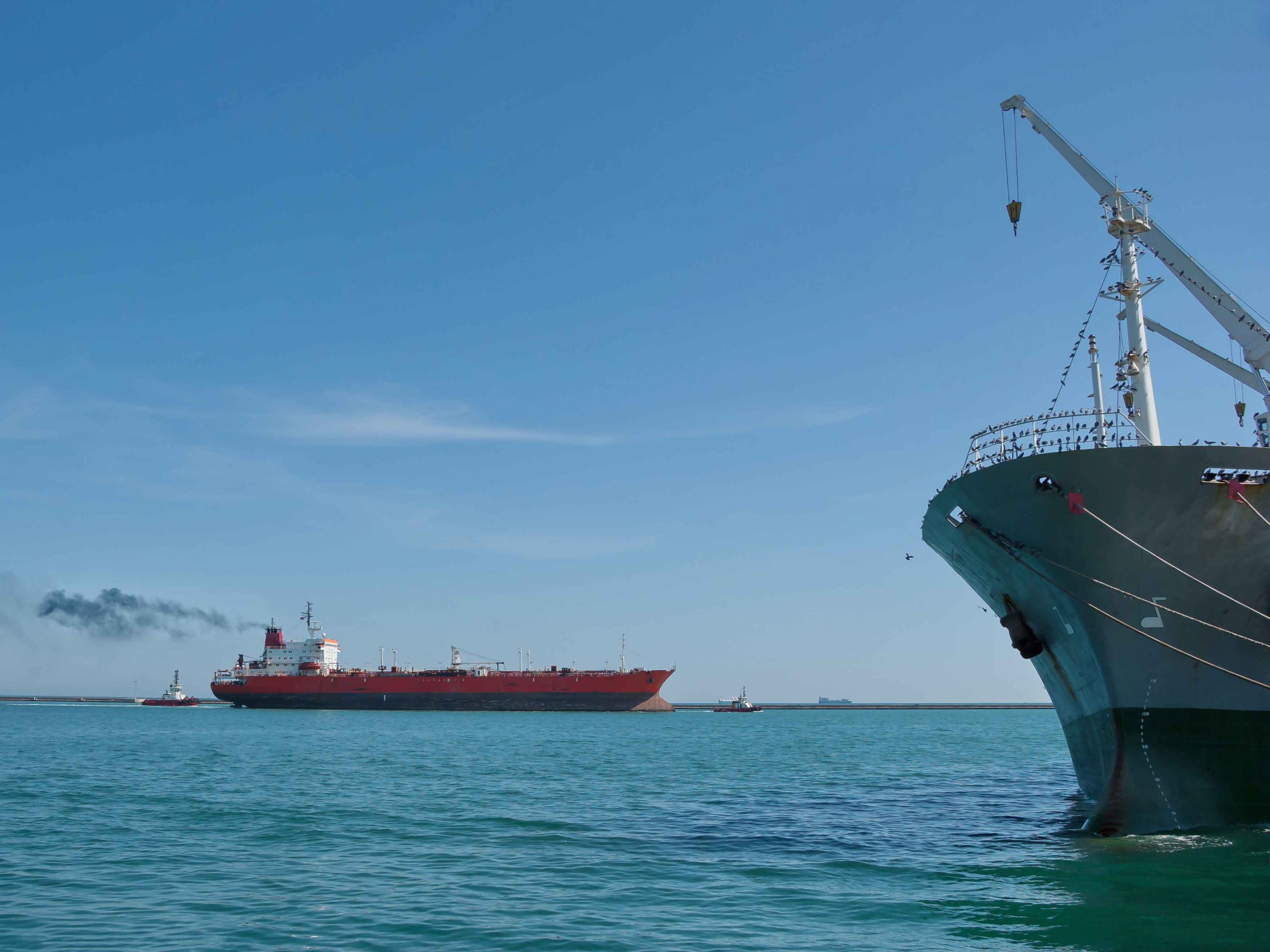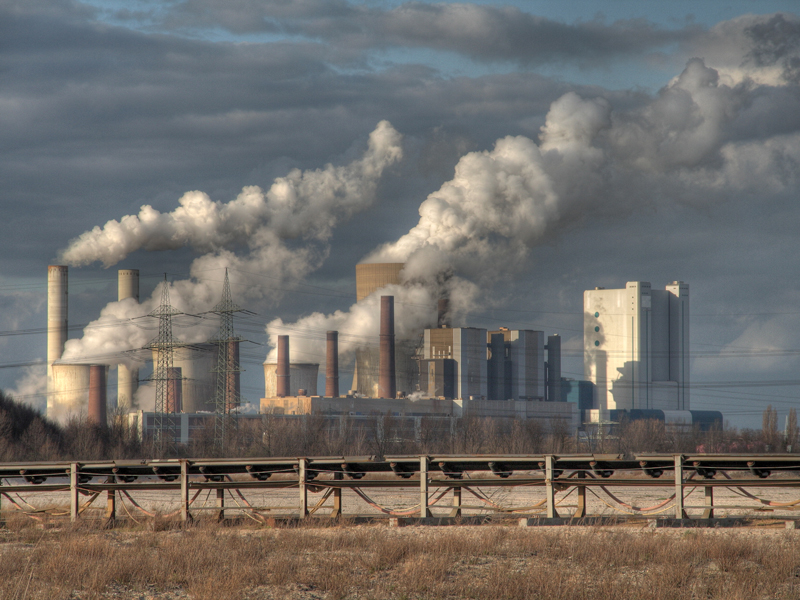All hands on deck: the shipping industry’s mission to become more sustainable
Getting the shipping industry to reduce its environmental impact presents a huge challenge. Fortunately, a number of collaborative initiatives have been launched in the hope of creating a greener future

Carrying 90 percent of the world's traded goods, shipping is responsible for between two and three percent of worldwide greenhouse gas emissions. It also causes noise and light pollution, and physical damage to marine ecosystems
Advances in transport networks and fuel efficiency have seen the air travel industry grow rapidly over the last couple of decades, but it is not suitable for all the world’s transportation needs. In fact, around 90 percent of the world’s goods are moved by sea, with over 70 percent travelling as containerised cargo. As globalisation has gathered pace, the amount of goods moving via this method has also increased, and maritime trade is predicted to continue growing, expanding by an estimated 3.4 percent annually between now and 2024. Unsurprisingly, the harm this trade is doing to the environment is also predicted to rise.
Shipping is currently responsible for between two and three percent of worldwide greenhouse gas emissions, but it also causes noise and light pollution, as well as significant physical damage to marine ecosystems. With global trade unlikely to slow in the long term (even if it has been dented somewhat by the US-China spat), the ability to cut down on the emissions produced by this essential mode of transport is becoming increasingly vital.
The decarbonisation of shipping and its energy value chains requires a systemic transformation
Test the waters
Currently, most maritime trade ships use low-cost heavy fuel oil, but this contains sulphur levels 2,300 to 3,500 times higher than that of the standard diesel used in most cars and trucks. Reducing these levels has been a core ambition of the International Maritime Organisation (IMO) for a number of years, but there has unsurprisingly been some industry pushback. In January, the IMO achieved its aim, mandating that sulphur levels in fuels must come down from 3.5 to 0.5 percent. Estimates suggest the new rules could cost the global economy as much as $1trn over a five-year period, but this is the sort of international coordination that is needed to regulate a global industry.
“The decarbonisation of shipping and its energy value chains requires a systemic transformation,” Johannah Christensen, Managing Director of the Global Maritime Forum, told The New Economy. “It can only be achieved through close collaboration and deliberate collective action between the maritime, energy, infrastructure and finance sectors, with support from governments and intergovernmental organisations. But it is also a shift that represents a trillion-dollar market opportunity for new suppliers of zero-emission fuels. Shipping’s consumption of fuels is estimated to be around 250 to 300 million tonnes every year. This means that shipping has the scale to be a catalyst for a broader energy transition, unlocking the market for zero-emission fuels.”
If the shipping industry is to grasp this opportunity, it will need to act quickly. Many shipping firms have already switched to lower-sulphur fuels in order to meet the new IMO regulations, while others are employing exhaust scrubbers to ensure their emission levels are compliant. Fortunately, the industry does not have to wait for new technology in order to become greener: if the will is there, so are the means.
“The challenge is less a technological one, as many of the technologies to decarbonise shipping are already available,” Christensen said. “The challenge lies in taking concerted, collective action to narrow down fuel options, demonstrate viability, close the competitiveness gap between traditional and zero-carbon fuels, and create new, sustainable supply chains.”
Greater international cooperation will also be required. Currently, the IMO has four emission-control areas – the Baltic Sea, the North Sea, the US Caribbean, and the coastal waters of Canada and the US – but these exclude some of the world’s largest and most polluting container ports.
Setting the right course
The need to deliver a more environmentally friendly shipping sector is now recognised, but it has been a long time coming. For a number of years, even as oil refineries have produced cleaner fuels for road users, they have continued to dump low-quality products into the marine transportation sector. The reason is largely one of convenience. The most polluted marine terminals are far away from the major cities of developed nations – they are out of sight and out of mind.
90%
of the world’s goods are moved by sea
2-3%
of global greenhouse gas emissions are generated by shipping
3.4%
Annual increase in maritime trade (2019-24)
Fortunately, efforts are being made to create a greener industry. A Global Maritime Forum initiative, the Getting to Zero Coalition, was formed with the aim of seeing commercially viable zero-emission vessels operating along deep-sea trade routes by 2030. The group brings together leaders from across the shipping value chain in the hope that greater collaboration will lead to a cleaner future.
“The question of how to best deliver less carbon-intensive shipping is central to the work of the Getting to Zero Coalition, a powerful alliance of maritime, energy, infrastructure and finance stakeholders, supported by key governments and intergovernmental organisations,” Christensen explained. “As part of its work, it is exploring a variety of zero-emission fuel options for shipping. These include synthetic fuels produced from renewable electricity such as ammonia, fuels produced from biomass and fuels produced from fossil fuels, combined with carbon capture and storage. Each option comes with its pros and cons, which need to be evaluated in terms of scalability, commercial viability and safety.”
The Getting to Zero Coalition is not the only initiative looking to cut down on shipping’s environmental impact. The Poseidon Principles were launched in June of last year to align other areas of the industry with the IMO’s climate-related ambitions. “The Poseidon Principles provide a common framework for integrating climate considerations into lending decisions,” Christensen continued. “They allow signatory financial institutions to assess and disclose how their shipping portfolios align with climate targets set by the IMO. By committing to the Poseidon Principles, financial institutions can promote responsible environmental practices among their clients and so incentivise reductions in the maritime sector’s emissions.”
Unsurprisingly for an industry with such breadth, working together is essential to reaching a shared goal. Financial institutions, shipbuilders, port operators and many other stakeholders have a role to play in reducing the emissions of the shipping trade. Collaborative initiatives like Getting to Zero and the Poseidon Principles present a way forward.
Full steam ahead
For an industry as huge as maritime trade to undergo significant change is not easy, and is usually slow going. Nevertheless, some progress is being made. Google has committed to carbon-neutral shipping by 2021 and Maersk, the world’s largest container shipping company, has invested $1bn annually for the last four years in pursuit of cleaner technologies. These early movers are likely to be followed by others now that the environmental impact of shipping is receiving more attention.
“De-risking the early stages of shipping’s transition to zero carbon is one of the key first steps towards a low-carbon future because it will encourage first movers to accelerate the development, testing and scaling of zero-carbon technologies and business models,” Christensen said. “This is why the Getting to Zero Coalition is focusing on overcoming this and other barriers to shipping’s transition to zero.”
Most impressively, four Japanese businesses – Asahi Tanker, Exeno Yamamizu, Mitsui OSK Lines and Mitsubishi – are working together to create the world’s first zero-emissions tanker by the middle of 2021, using large-capacity batteries in place of the usual oil-based propulsion systems. These four organisations are also set to form a group called the e5 Lab, which will promote cleaner forms of marine transportation across the sector. If institutions work collaboratively, it could still take decades to clean up the shipping industry, particularly with global trade on the rise. Collaboration appears to be the only way that the industry’s pollution problem can be tackled.













